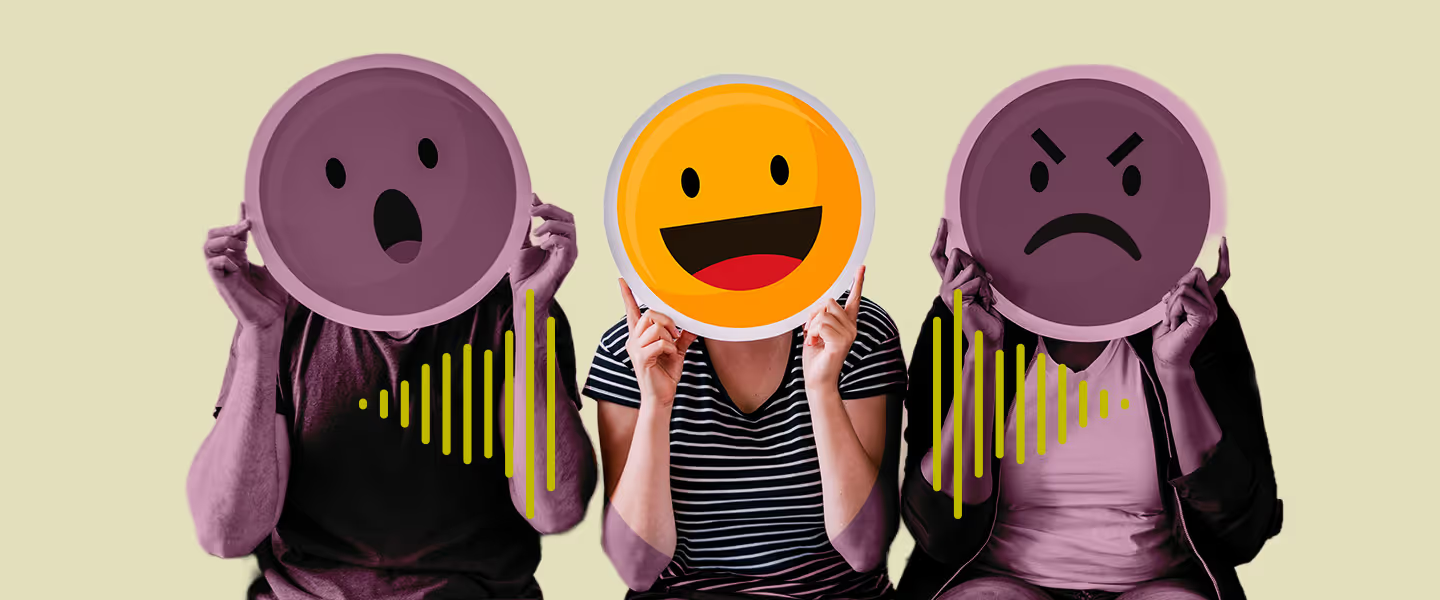
For about 165 million Americans, employer-sponsored health coverage isn’t just a workplace benefit – it’s their primary way to access care in a system that’s often expensive, confusing, and emotionally overwhelming (GAO, Nov. 2024).
Yet the decisions shaping an employee’s health and financial wellbeing are often made in a short open enrollment window filled with jargon, PDFs, and generic emails.
The result? Many people stick with the same plan year after year because it feels safer than trying to decode something new. And in doing so, they often miss out on benefits that could protect both their health and their wallet.
Why this matters
The plan someone chooses during open enrollment directly impacts:
- Access to preventive care
- The cost of prescription drugs
- Levels of financial protection for unexpected events
- Available mental health support
- How well coverage fits their stage of life
Staying in the wrong plan, or choosing based on guesswork, can cost thousands in avoidable bills, delayed care, and unnecessary stress.
How HR and reward teams can help
The way HR communicates during this time really matters. It’s not just about delivering information, it’s about making it clear, relevant, and actionable. HR teams have the opportunity to cut through the noise to help people make choices that fit their needs and protect their wellbeing.
When communication is clear, timely and relevant, everyone benefits: employees make better decisions, claims costs go down, people feel looked after, and businesses see stronger retention, healthier teams, and a whole lot more trust.
Great enrollment communication should…
- Lead with the “why”. Help people understand why this matters to them – what’s at stake for their health, finances and peace of mind, not just what’s changing in the plan.
- Make it personal. Different life stages mean different needs. A 25-year-old single employee and a 45-year-old parent of two are facing different decisions and your communication should reflect that.
- Show up in multiple ways. Don’t rely on email alone. Reinforce key messages through videos, text nudges and live Q&A sessions to boost engagement.
- Tell real stories. “This accident plan paid me $2,500 when my daughter broke her arm.” It’s moments like these that make benefits real and help people remember.
The ripple effect
When benefits communication works, it really works. You’ll see:
- More preventive care visits
- Fewer surprise medical bills
- Less financial stress
- Healthier, more productive teams
- Stronger employee trust and retention
Open enrollment isn’t just paperwork. It’s one of the most powerful opportunities we have all year to help employees make informed choices about their health, their money, and their future.
How you communicate during this window is what turns ‘just another HR email’ into a lifeline – making the difference between someone choosing the right plan or paying the price for the wrong one.
More insights





